Fish ponds are an economic, landscape and hydrological treasure. In 2004, a protected area – Birvėtos Biosphere Reserve – was established on the basis of the territory of Birvėtos tvenkiniai, UAB, the purpose of which is to be an integral part of the national complex, ecological and specialised system of monitoring of the state of biodiversity and of the European Ecological Network NATURA 2000, in which changes in the natural systems are monitored, controlled and predicted.

The main purpose of the Birvėta Wetlands Biosphere reserve:
1. To be an integral part of the national integrated ecological and specialised biodiversity monitoring system and the European ecological network NATURA 2000, where changes in natural systems are monitored, controlled and predicted;
2. Conserve the wetland ecosystem of the Birvėta fish ponds, the ecosystem valleys wetlands of the Dysna and Birvėta rivers, in particular in order to maintain the populations of the Whooper Swan (Cygnus cygnus), the Porzana (Porzana porzana), the Corncrake (Crex crex), the Ruff (Philomachus pugnax), the Little Gull (Larus minutus), and habitats of the White-fronted Goose (Anser albifrons) during seasonal migration in the area.

Whooper Swan
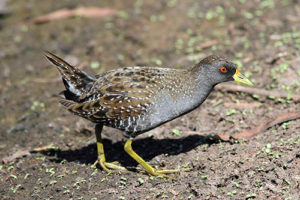
Porzana
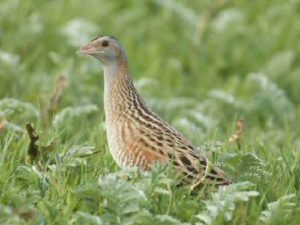
Corncrake
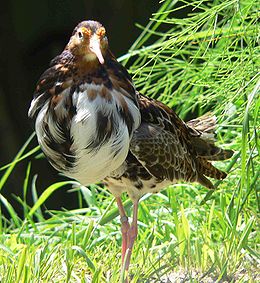
Ruff
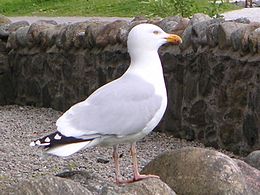
Little Gull
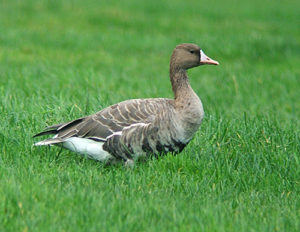
White-fronted goose
The second objective was to maintain the current status of the breeding populations condition of the Great Bittern (Botaurus stellaris), the Western Marsh Harrier (Circus aeruginosus), the Little Crake (Porzana parva), the Common Tern (Sterna hirundo) and the Black Tern (Chlidonias niger), as well as of other protected waterbirds species, to conserve important feeding grounds for the Black Stork (Ciconia nigra), the Sea Eagle (Haliaeetus albicilla), the Osprey (Pandion haliaetus) and the Eurasian Eagle-owl (Bubo bubo), and to improve the condition of the migratory waterfowl habitats that make up the flocks.
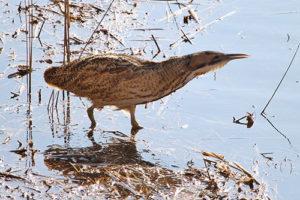
Great Bittern
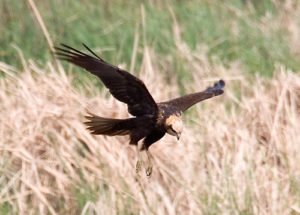
Western Marsh Harrier
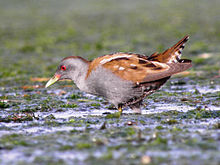
Little Crake
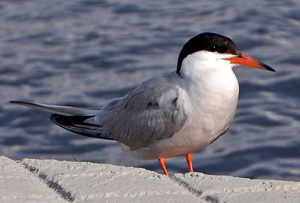
Common Tern

Black Tern

Black Stork
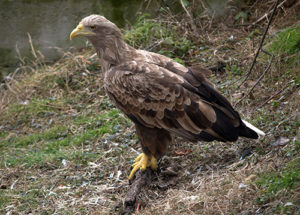
White-tailed Eagle
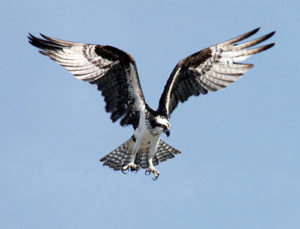
Osprey

Eurasian Eagle-owl
Taking into account the results of the bird monitoring carried out by the Nature Research Centre, there is a clear improvement in the situation. The results have been achieved by maximising the use of nature management. Our company’s example shows that it only takes goodwill to successfully reconcile nature protection and economic activity.